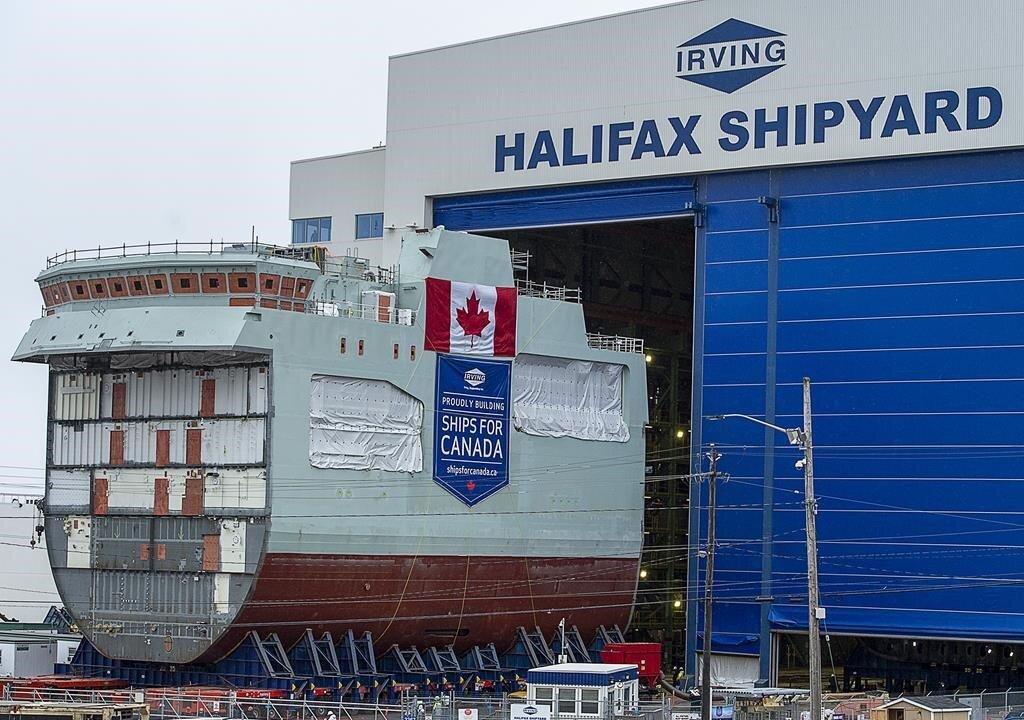Canadians in Newfoundland and Labrador will have to work the longest into the year and forfeit the most earnings to arrive at the day they can call their paycheque their own, according to an analysis from the Fraser Institute.
“This year, people in Newfoundland and Labrador celebrated Tax Freedom Day on June 26, later than every other Atlantic province and 12 days later than the last pre-COVID Tax Freedom Day in 2019 (June 14). In other words, Newfoundlanders and Labradorians before the pandemic were free from taxes almost two weeks sooner than today,” the Institute said in a July 21 release.





